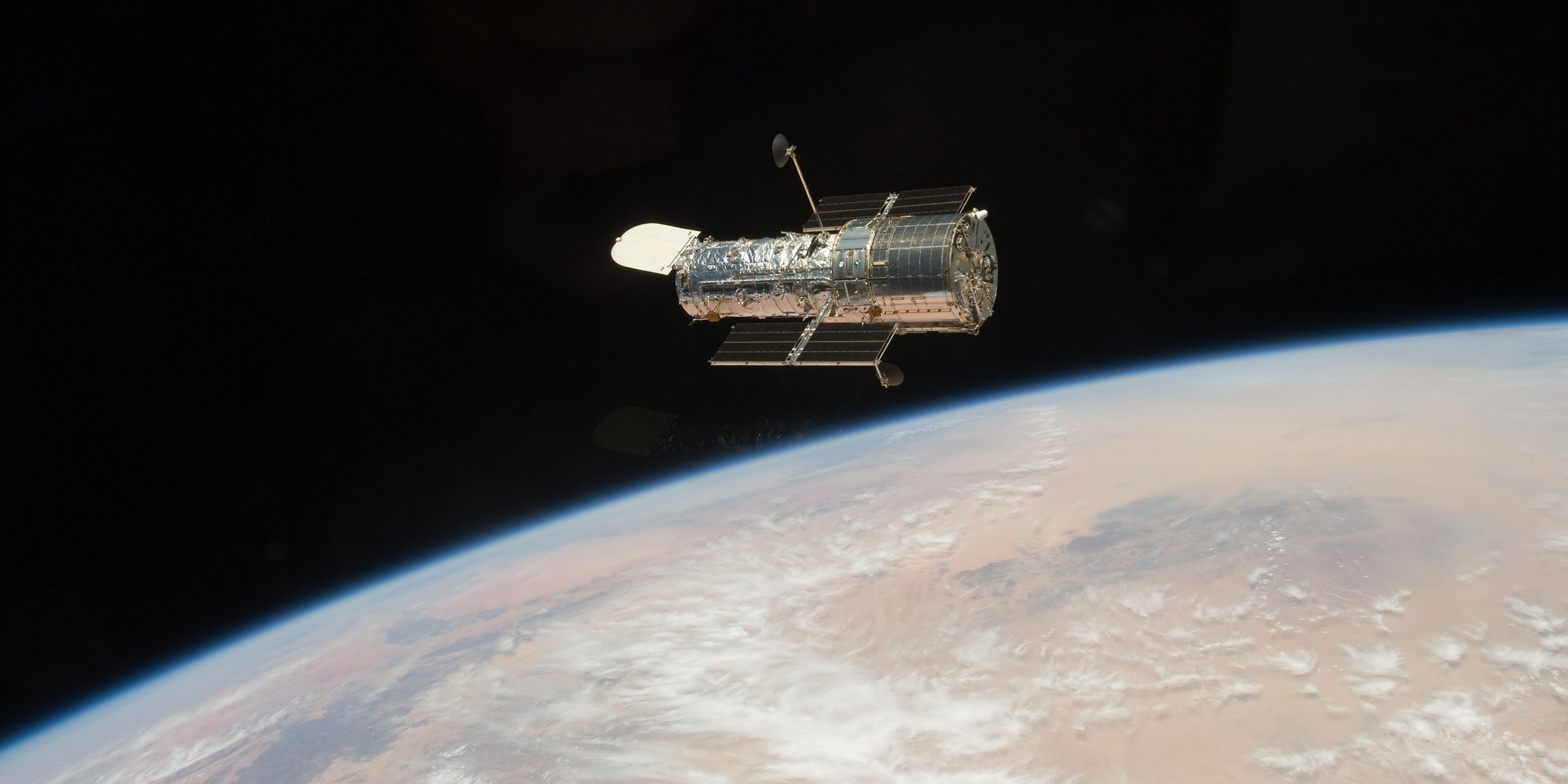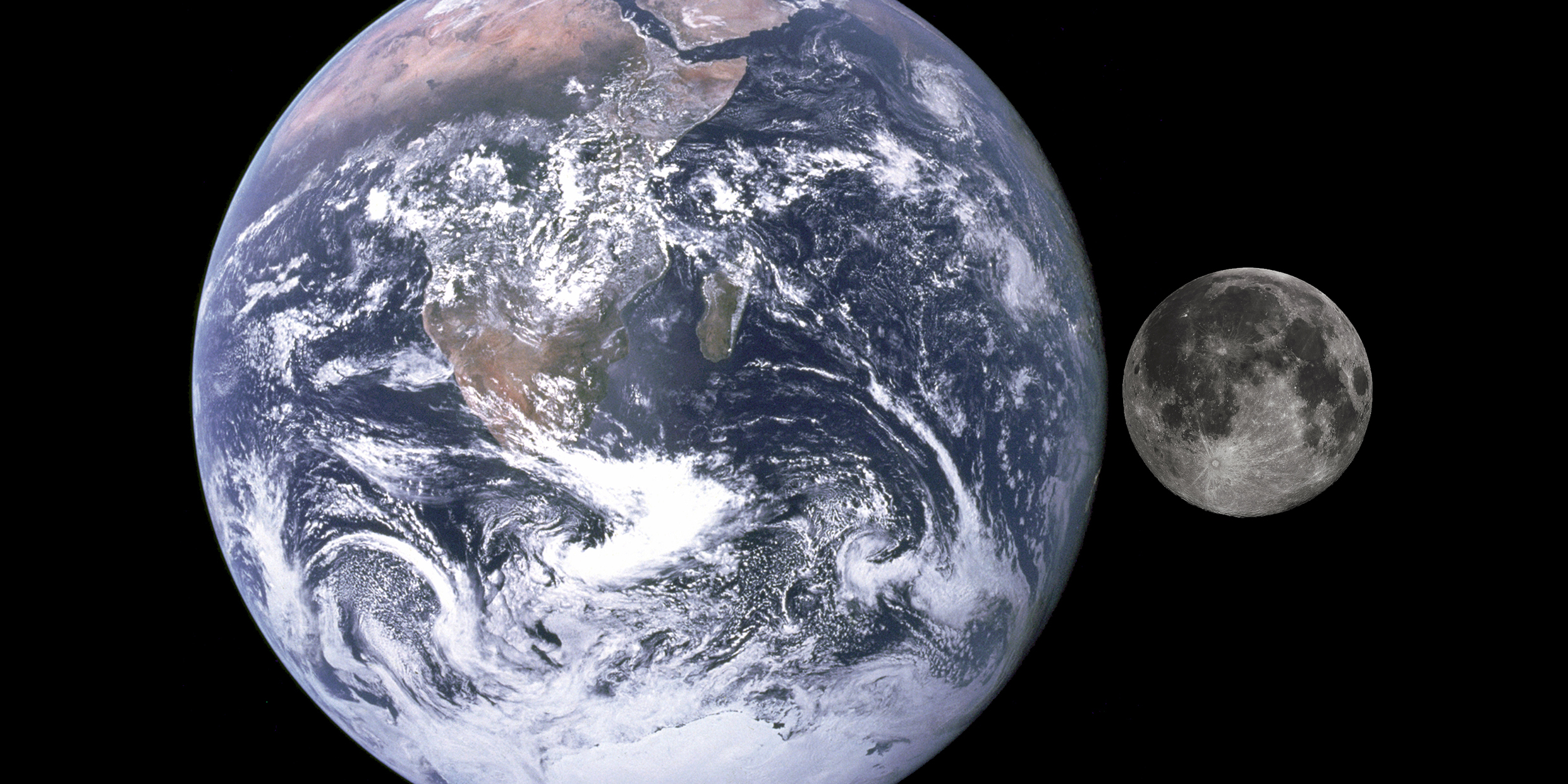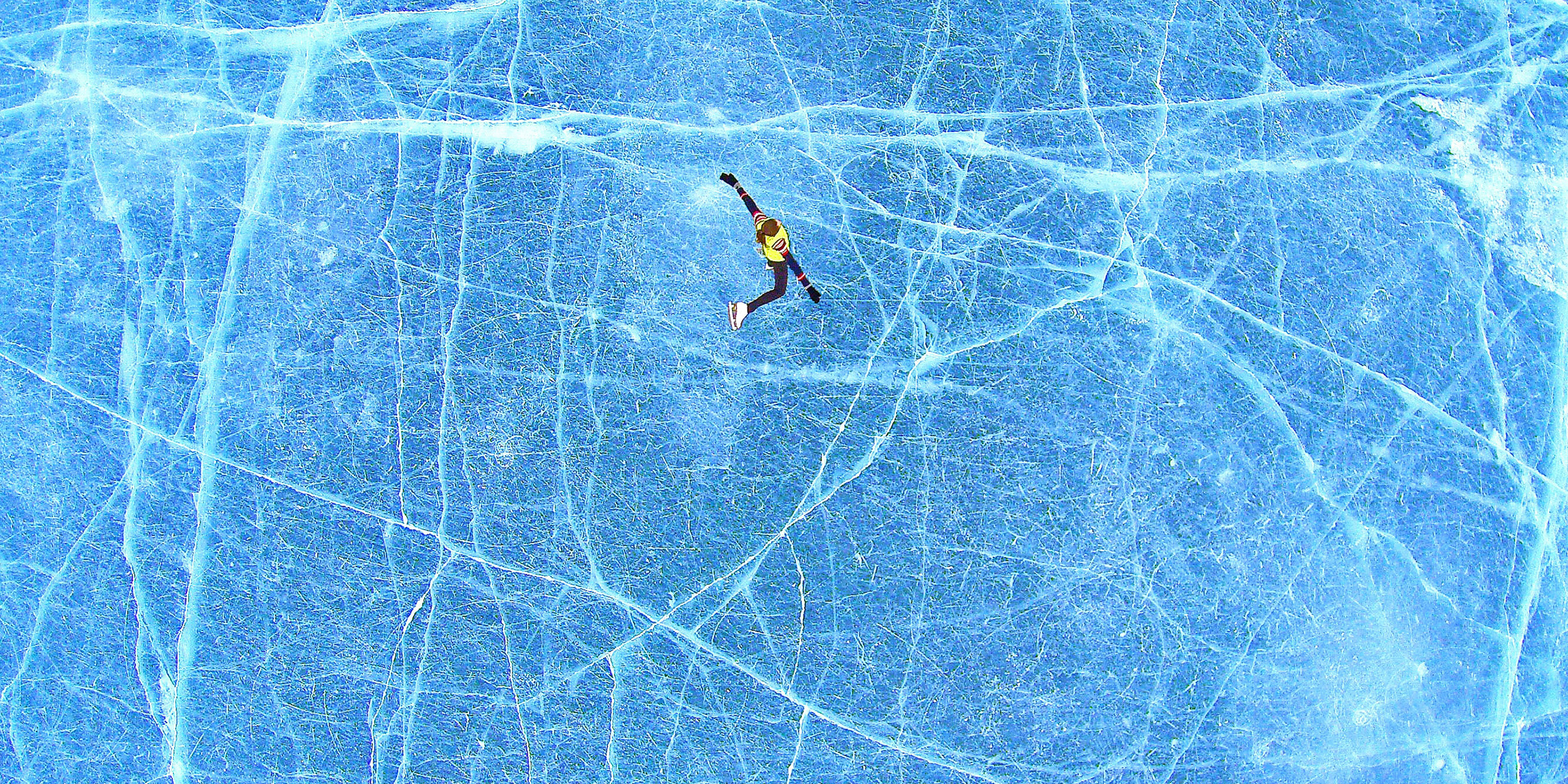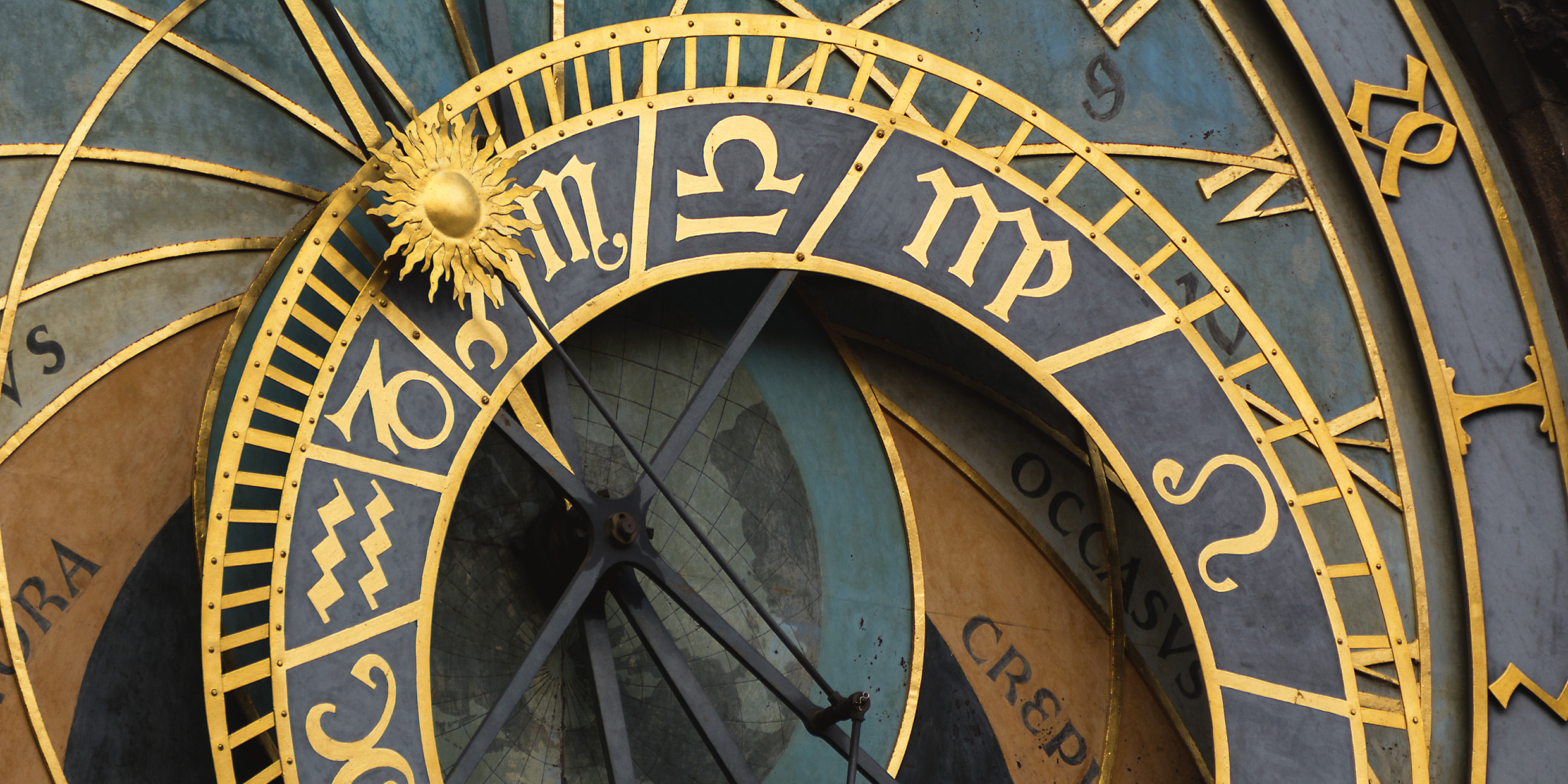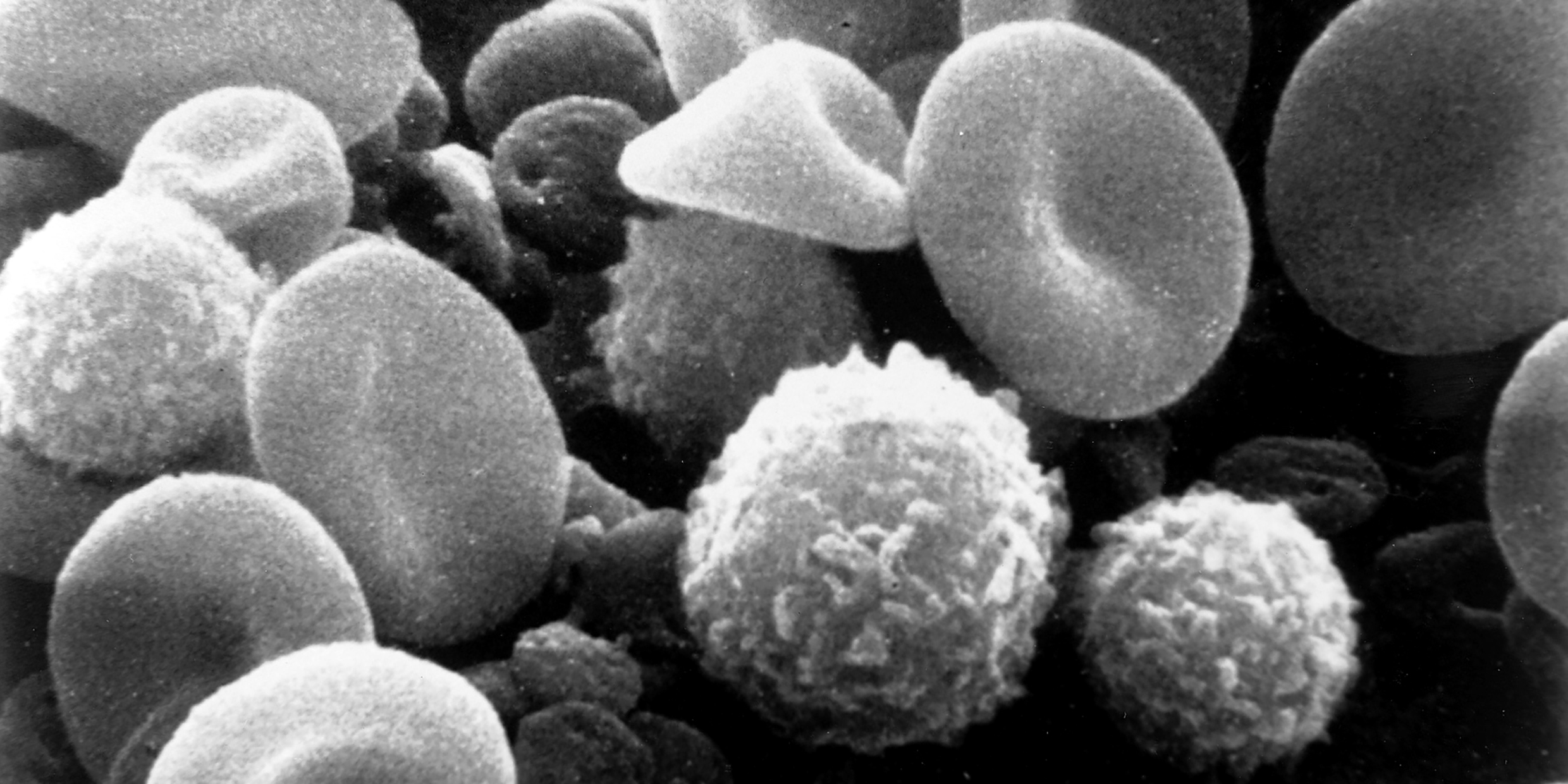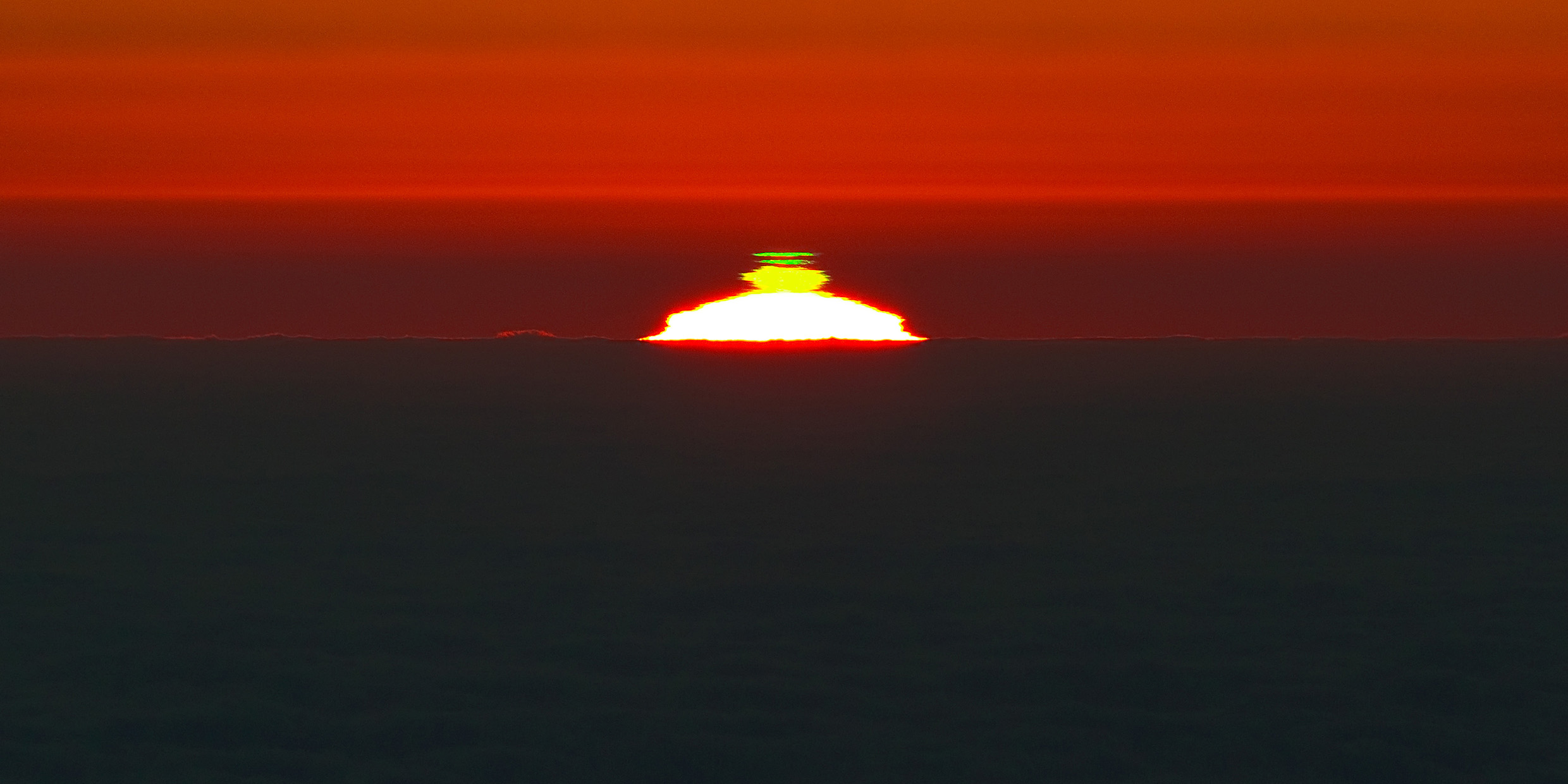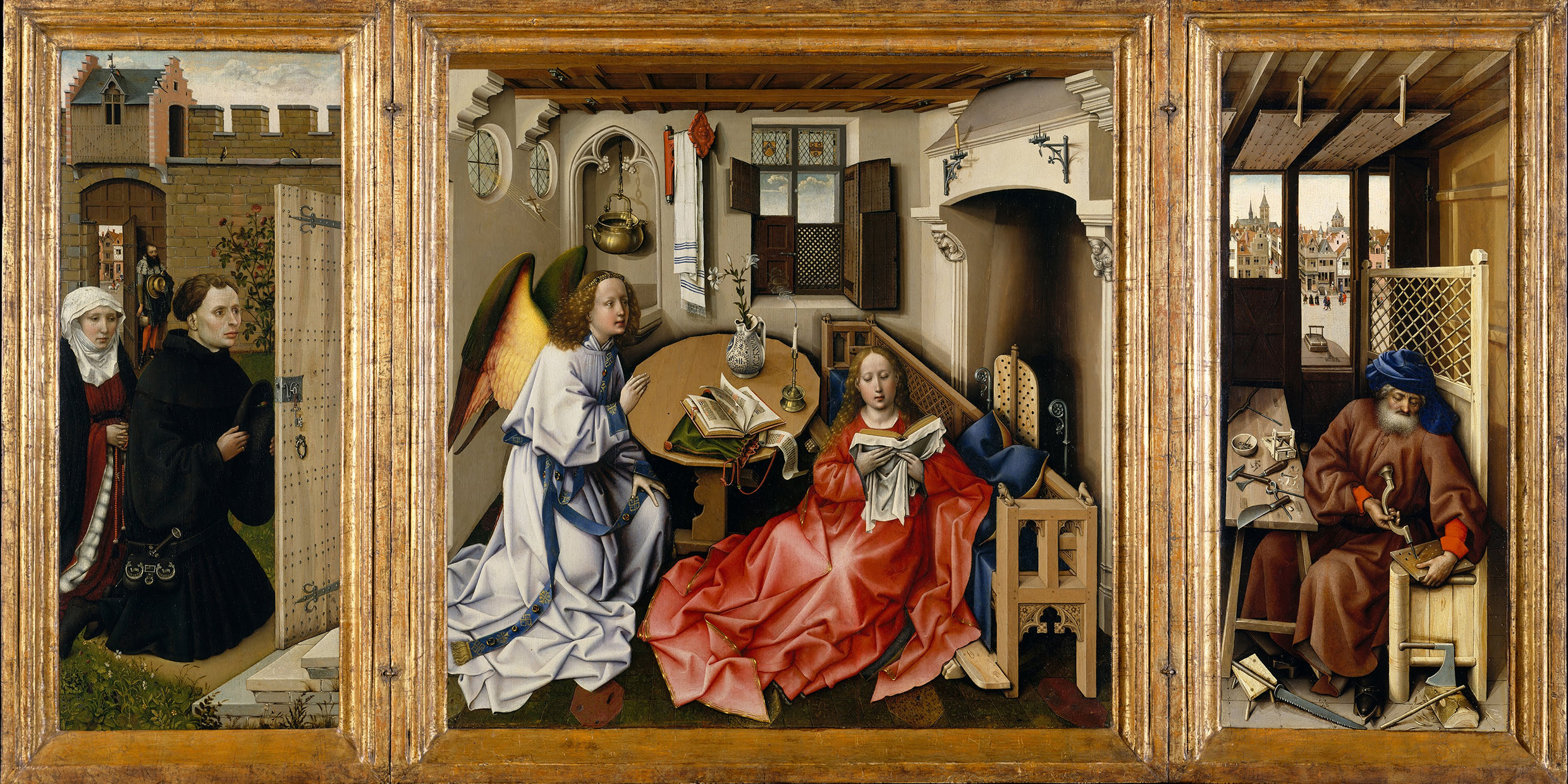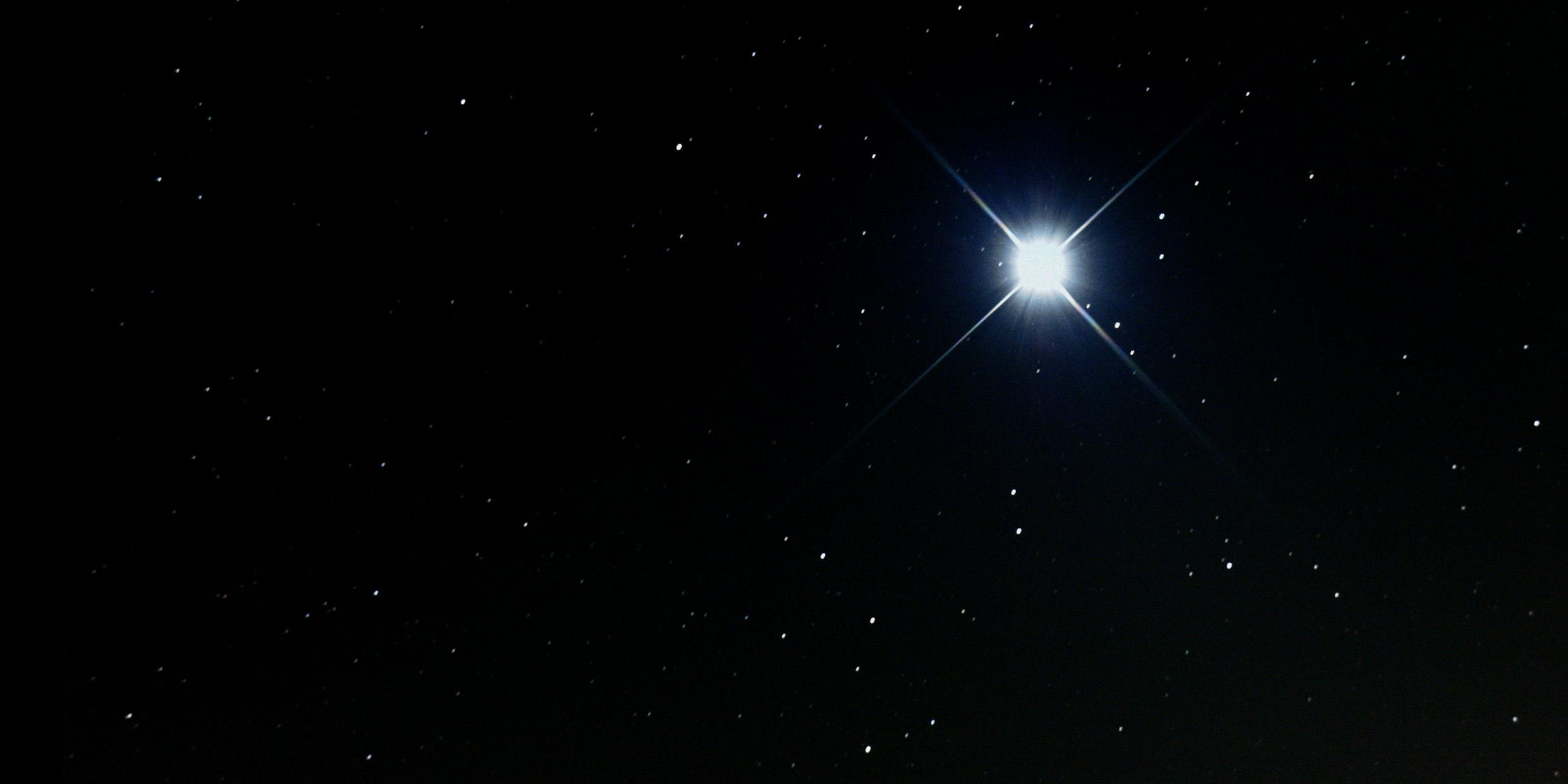For some of us, the most exciting aspect of the space shuttle program was to be the launching of the Hubble Space Telescope later this year. The tragedy at Cape Canaveral will undoubtedly delay that project by many months.
Articles from August 2019
The moon’s too big to suit some of us
A full moon is fine for lovers and poets. But for astronomers, professional and amateur, the moon can be a bit of a nuisance.
Curious stuff, this water and ice
It has been a fine winter for skating. Cold, snowless days have given us lots of smooth black ice. I have spent many pleasant hours skating the ponds near my home in Easton.
An appetite for baloney
I am a Virgo. My reference book on astrology says that Virgos are practical, hard-working, analytical, meticulous, tidy, and modest. That’s me, all right, except maybe for the “modest.”
Sharing my space with E. coli friends
I sing the praises of Escherichia coli, bean-shaped bacterium, inhabitant of the human intestine, best understood (as I shall soon reveal) of all God’s creatures.
The human body’s ‘cell wars’ defense
Two stories have dominated the medical news lately: a promising new development in the war on cancer, and the increasing prevalence of the disease AIDS. The stories are closely related, and both focus our attention on the strategic defenses of the human body.
Elusive beauty of the green flash
For 20 years I have looked for the green flash. I have looked from mountain tops and from canyon rims. I have looked from the coasts of two continents. I have looked at sunrise and I have looked at sunset. I have not seen it.
Two worlds in perfect balance
I have before me on my desk a reproduction of the Mérode Altarpiece, a painting on three panels by a 15th century Flemish master believed by many scholars to be Robert Campin. The triptych depicts the moment of the Annunciation, when the angel Gabriel announces to the Virgin that she is to become the mother of Christ. It is a warm, marvelous work, rich with both cultural and religious meaning.
Supercomputers can change physics
There is a new generation of supercomputers on the horizon, machines that are many times faster and more powerful than anything existing today. It is my guess that the new machines will revolutionize physics. They will not just change the way we do physics; rather, they will change the way physicists think about the natural world.
Sirius joins us to the stars
There was a time, before Galileo turned his telescope heavenward, when people believed that the stars were immutable. The celestial sphere, at God’s feet, was fixed and eternal. When something new was observed in the sky — a comet, perhaps — it was assumed to belong to the earthly realm, somewhere below the Moon.
